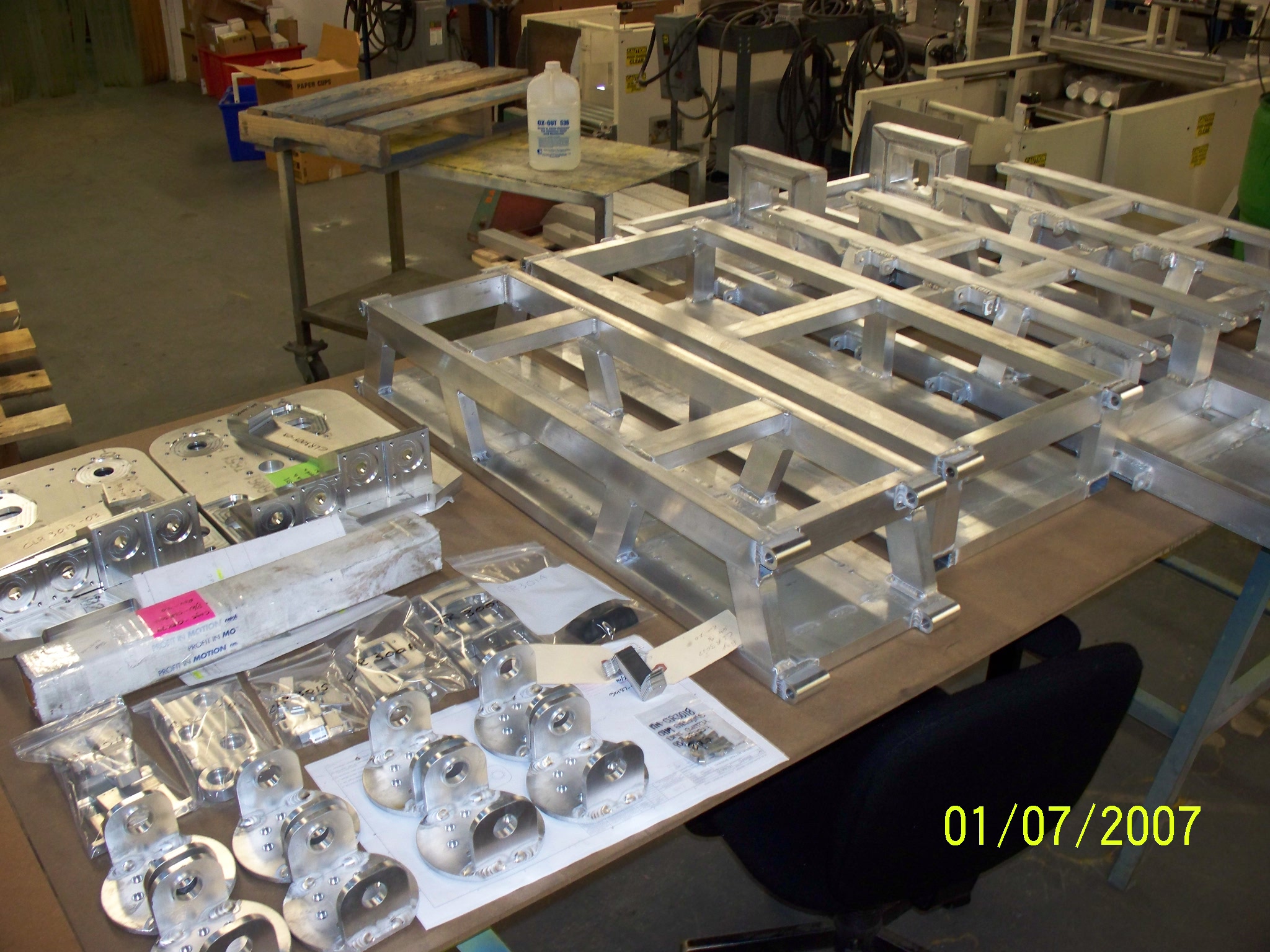Automation depends on machines to execute functions that were typically performed manually in the past. Automation systems include feedback and sensory programs that completely eliminate the need for a human operator. An automation system is an independent machine system that is able to perform a task without assistance from humans.
Automation systems have been integrated into a wide variety of industries and many individuals depend greatly on these systems in their daily life. Automated systems help us manage our finances, our phone calls and our computers. Automated systems are responsible for an assortment of different functions. Depending on the exact function that it performs, one of several different tools might be responsible for an automated system including:
- An artificial neural network
- A distributed control system
- A human machine interface
- A supervisory control and data acquisition
- A programmable logic controller
An artificial neural network is a mathematical or computational model whose rhythms mimic those of biological neurons. The structure of the network is able to change based upon the internal or external exchange of information throughout the network itself. Artificial neural networks are typically used to identify patterns in data as well as to classify relationships.
A distributed control system has separate controls throughout the entire system.
“Distributed Control System
A distributed control system is one in which there are separate controls throughout the system. The controls are not centrally located, but tend to be spread out depending on which region of the system needs monitoring—each control is connected to the others in a communication network. These kinds of systems are typically used in manufacturing processes, especially when the action or production is continuous. The controllers can be specified for a given process, and manipulated to enhance or monitor machine performance. Traffic lights are usually controlled by distributed control systems, and they can also be applied in oil refining and central station power generation.
Human Machine Interface
Commonly referred to as a user interface, a human machine interface system depends on human interaction with the system in order to function. A user will provide input, and the system in turn will produce output that coincides with the user’s intent. In order for this to work, users must have access to the system and a means by which to manipulate it. ATMs, for example, are designed so users can easily dictate what the system is supposed to do while enabling it to easily respond and provide the appropriate results. Buttons that read withdrawal or make a deposit provide the user with any easy way to trigger a chain of commands within the internal system. The desired result, either the intake of a deposit or the ejection of cash, can then be achieved.
Supervisory Control and Data Acquisition
A supervisory control and data acquisition system (SCADA) is a larger, industrial control network that is often comprised of smaller sub-systems, including human machine interface systems connected to remote terminal units, which work to translate sensor signals into comprehensible data. These systems can work together to control an entire manufacturing site, or even an entire region by connecting several different manufacturing plants. SCADA systems bear a high resemblance to distributed control systems, and at times it may be difficult to differentiate between the two. The key difference lies in what they ultimately do—SCADA systems do not control each process in real time, rather they coordinate processes. Generally speaking, however, the two systems are highly similar and are often used in identical applications.
Programmable Logic Controllers
Programmable logic controllers are real time systems, meaning there is a set deadline and timeframe in which the desired result must be achieved. The PLC system is essentially a computer that controls manufacturing machines in an industrial production line, so it has multiple capabilities, such as varied temperature ranges and input and output settings, as well as the ability to weather dust and other unfavorable conditions. Programmable logic controllers can be used to program a variety of day-to-day applications, such as amusement park rides.”

